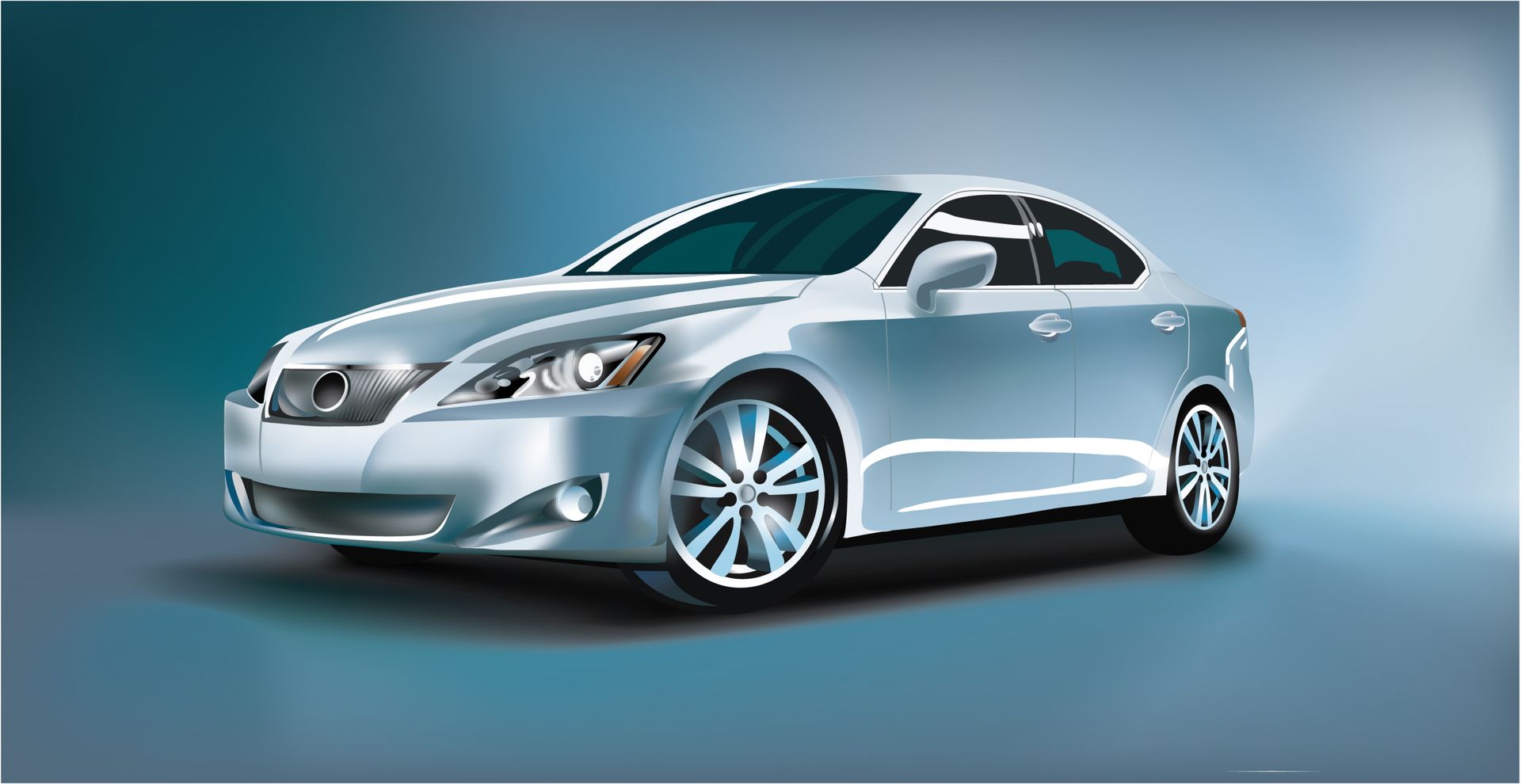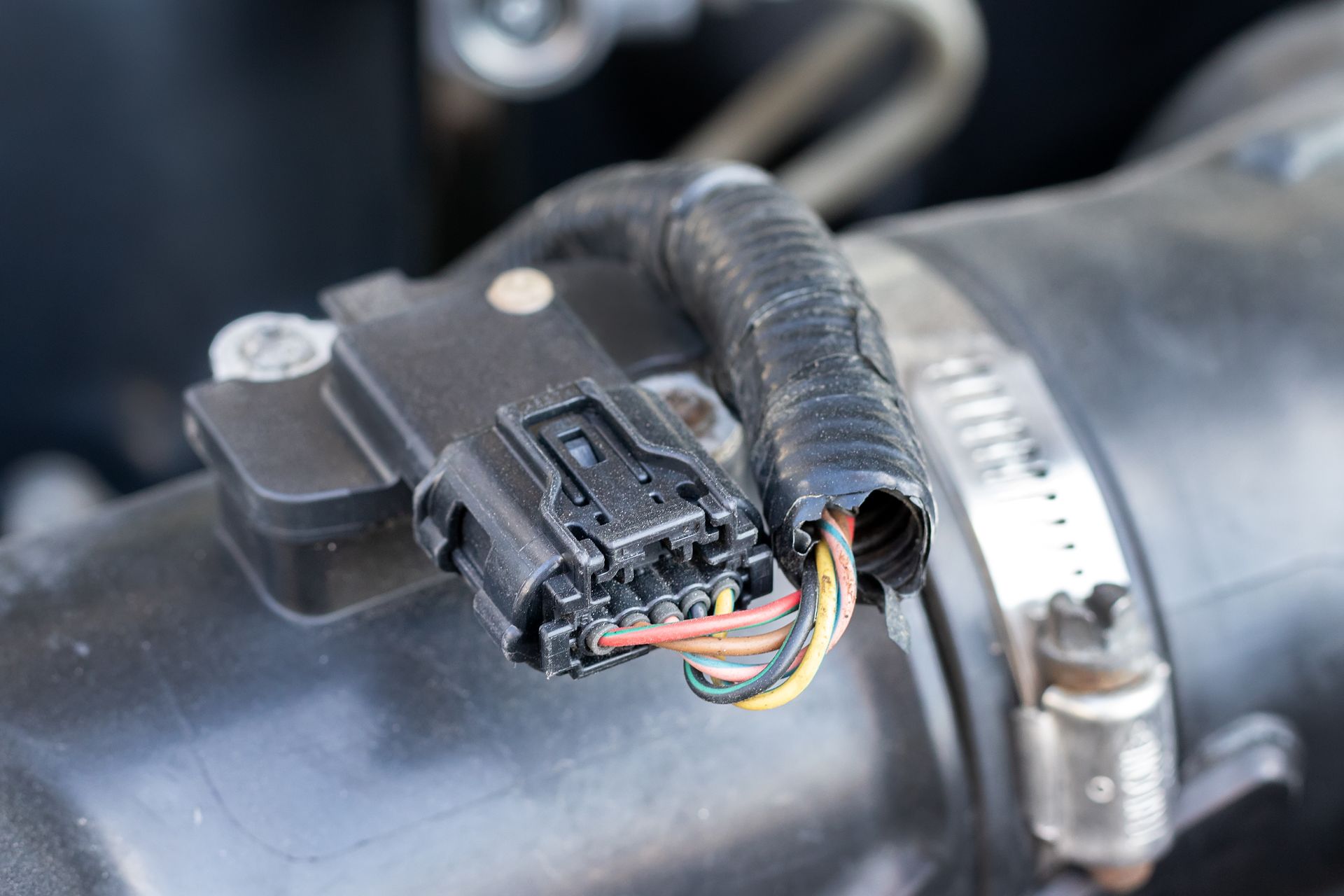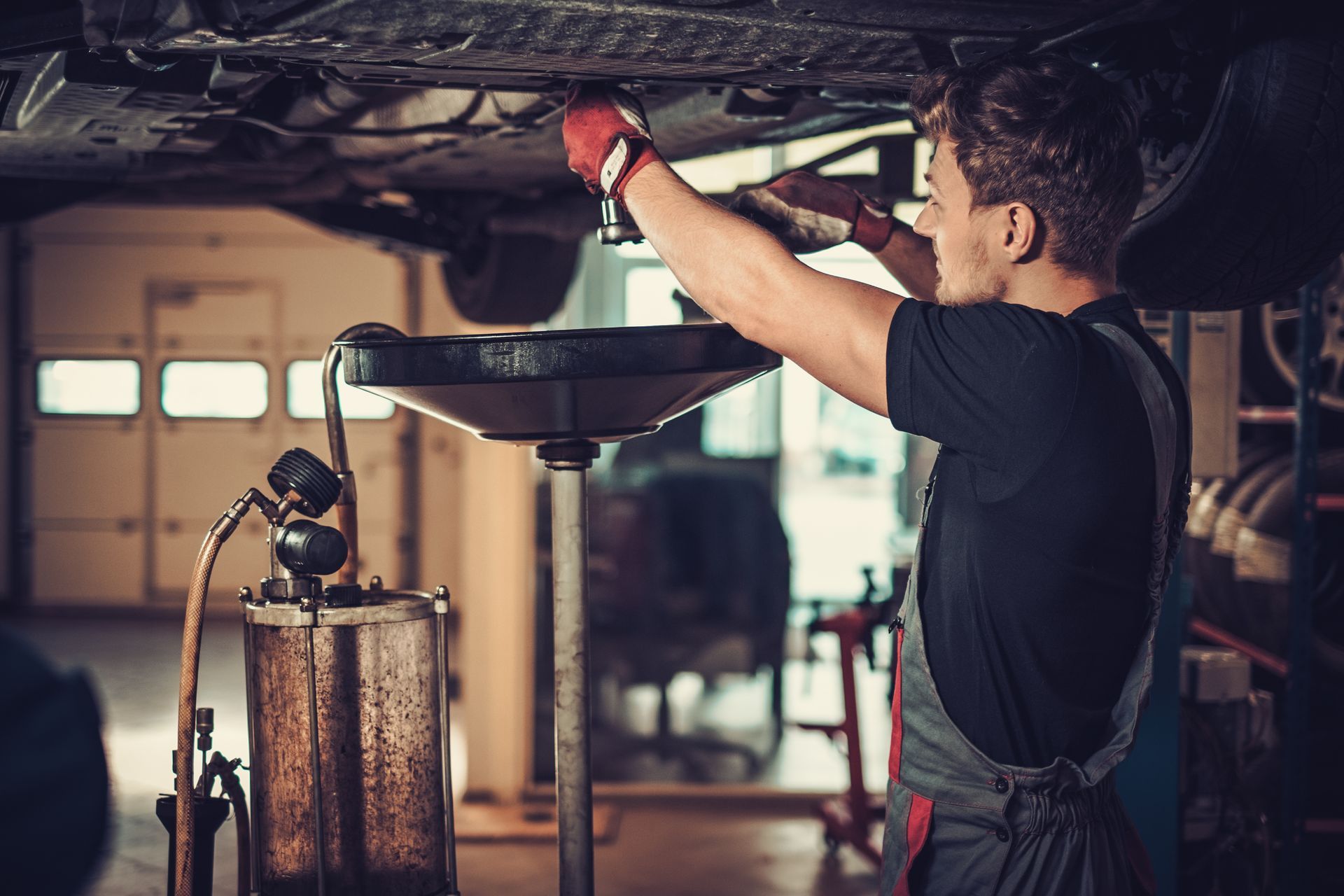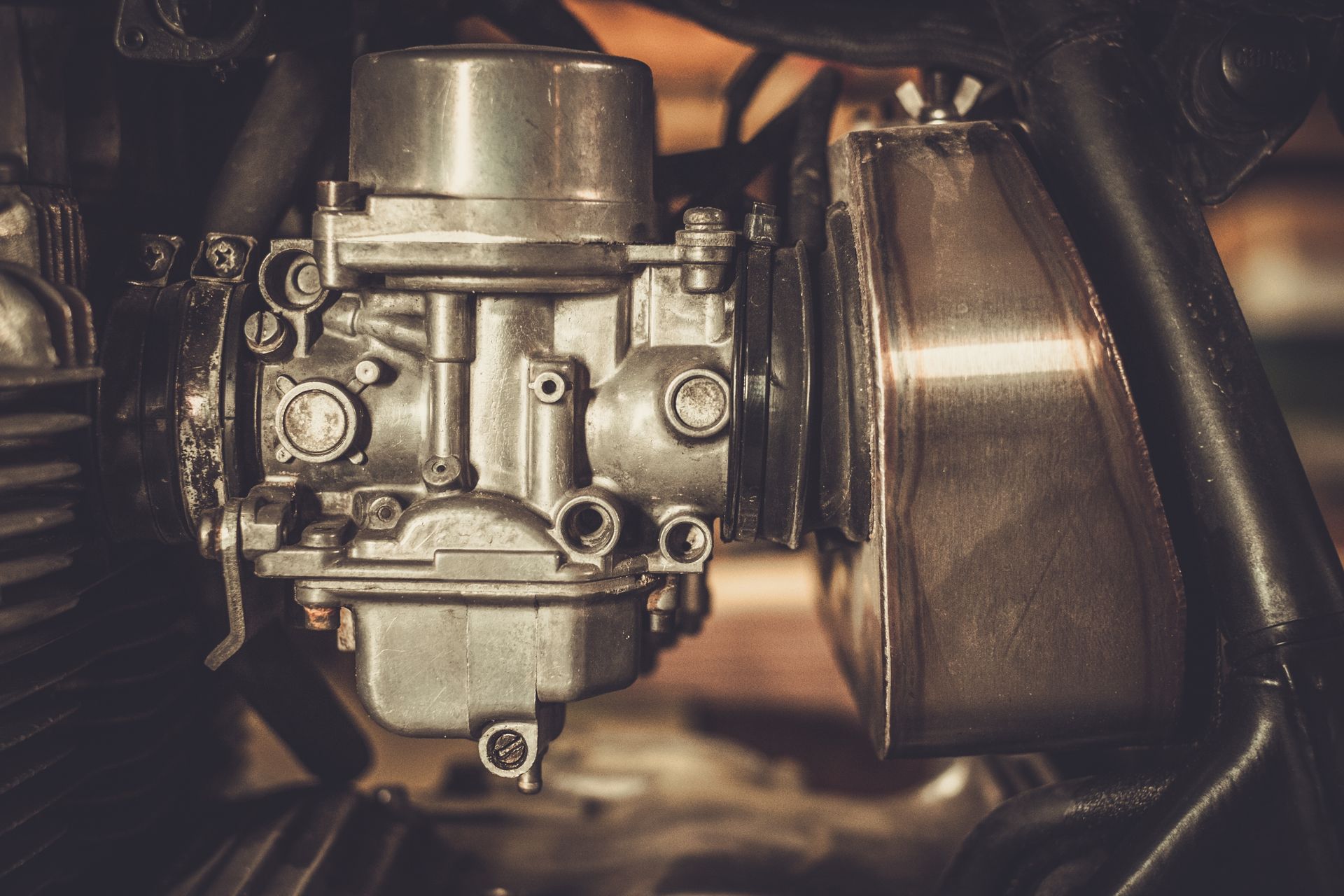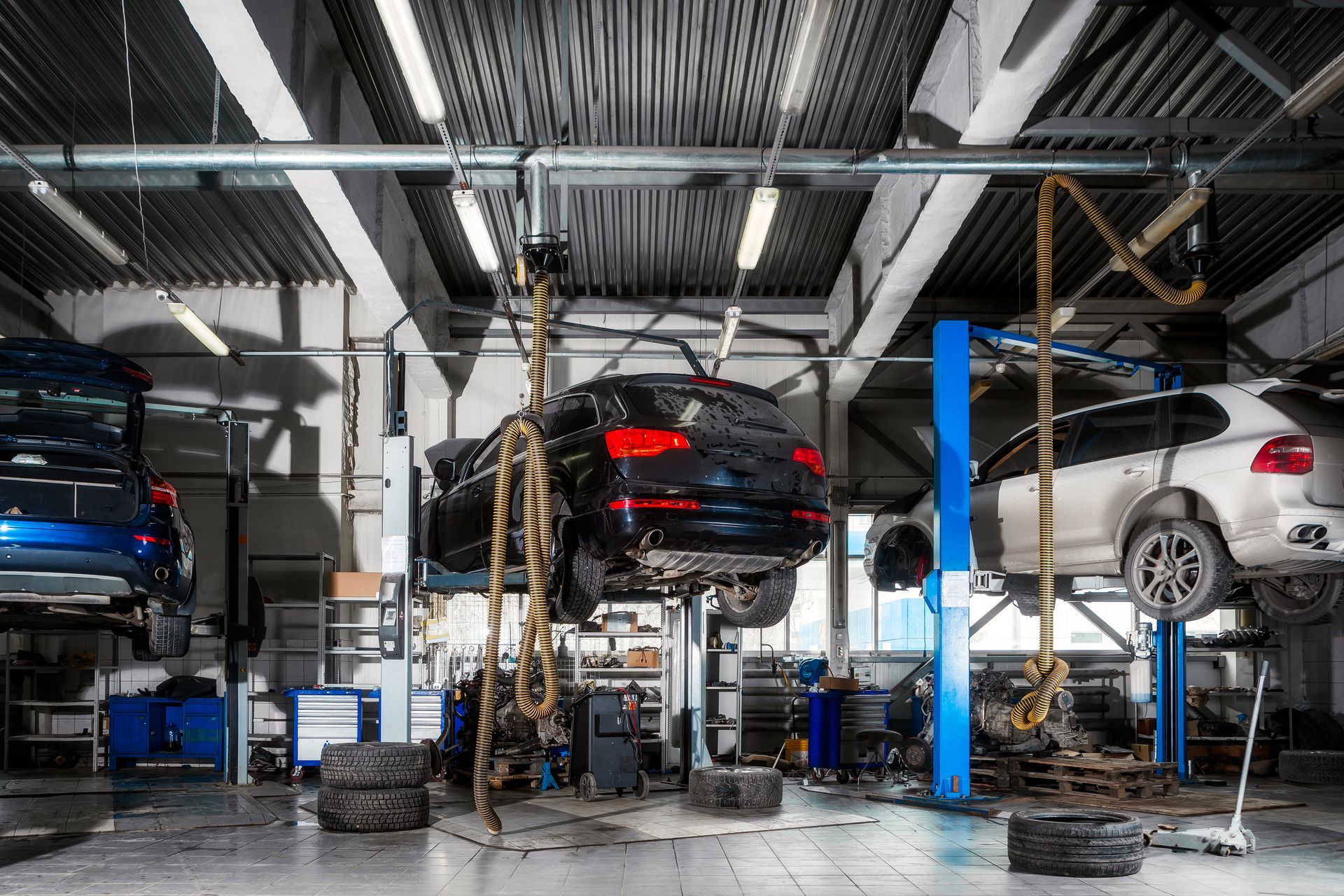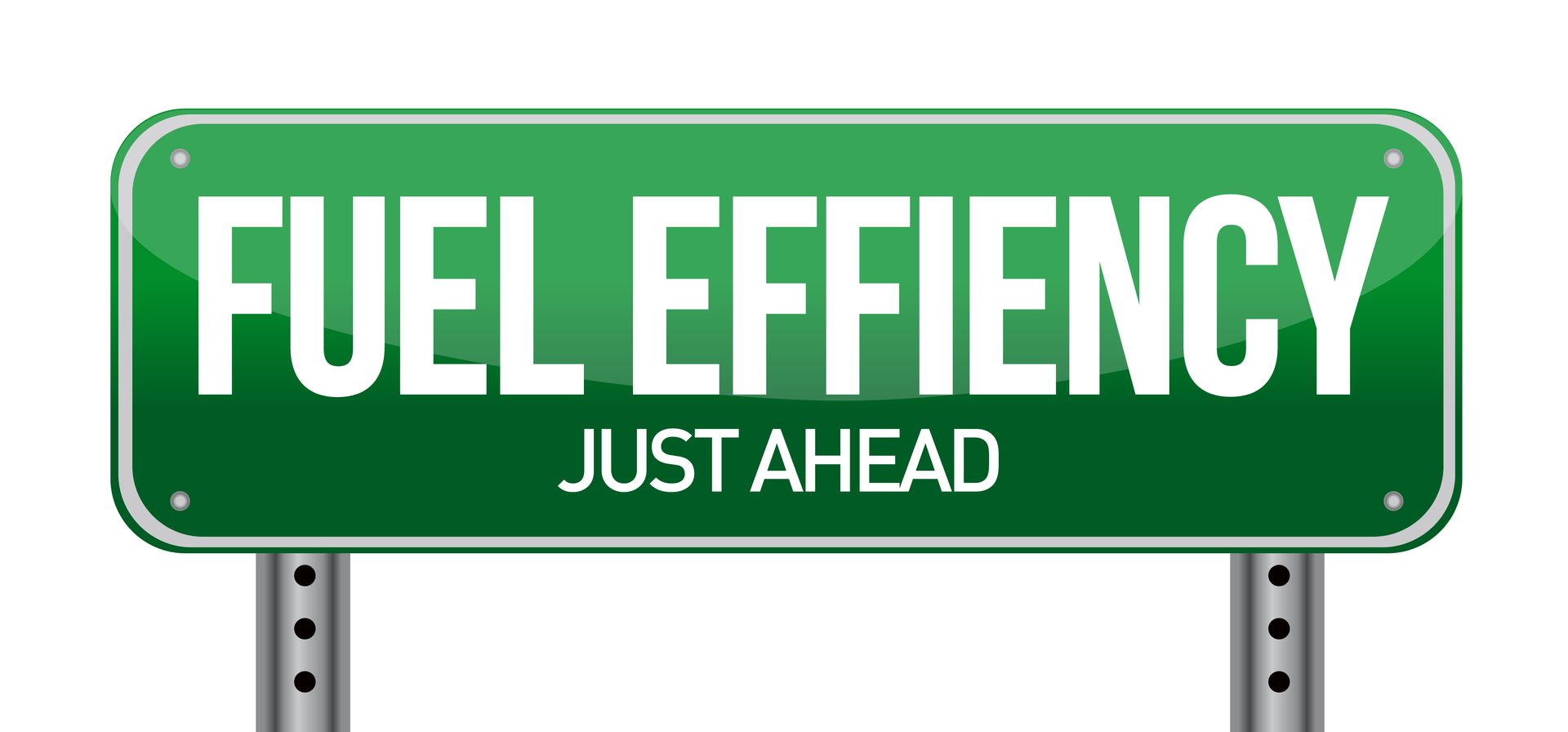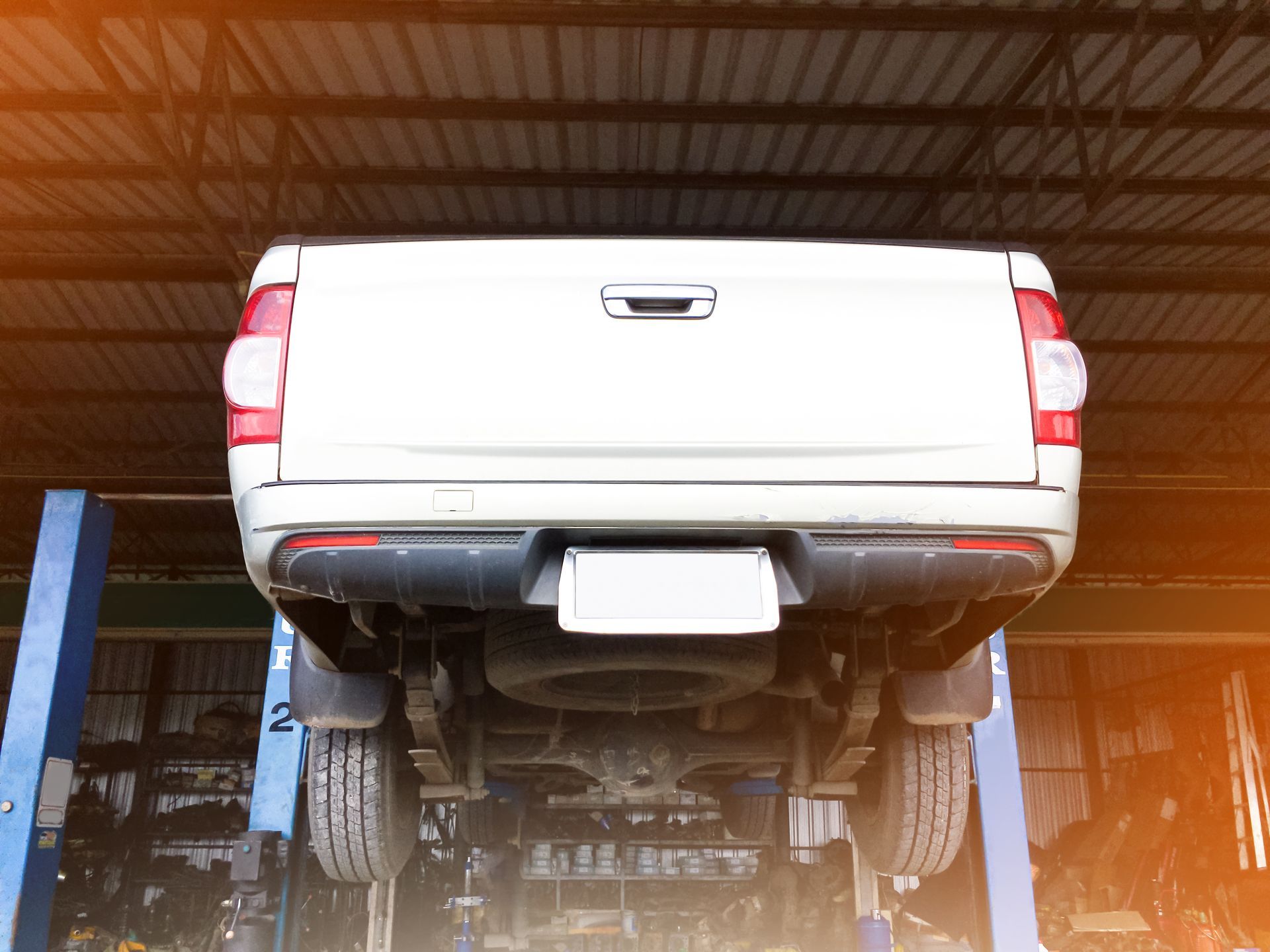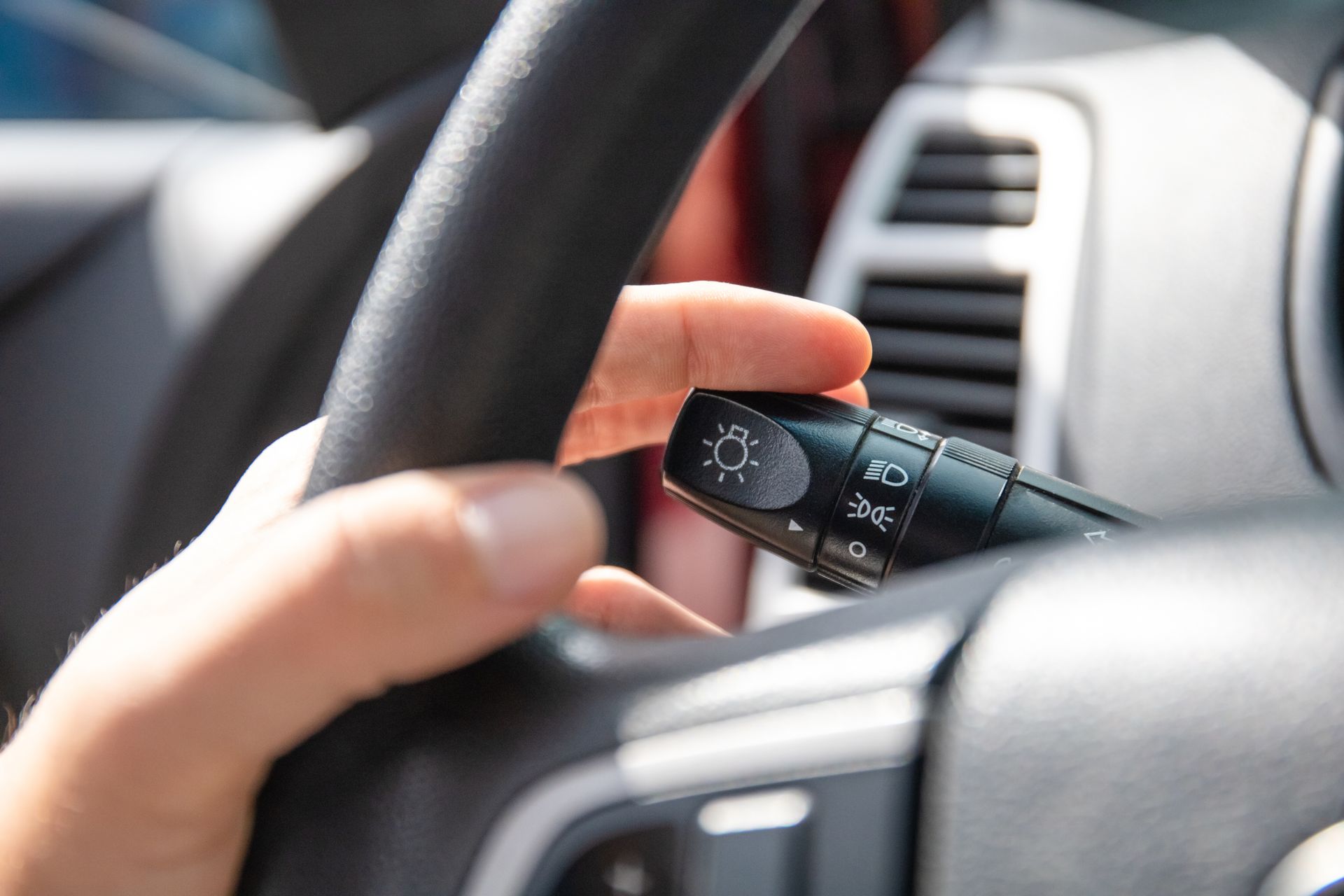Celebrating 35 Years of Serving LA Drivers!
Loading ...
Missing business hours data / Error occurred while getting the data.
Celebrating 35 Years of Serving LA Drivers!
Loading ...
Missing business hours data / Error occurred while getting the data.
What Is Tire Balancing & Why Is It A Mandatory Procedure
March 29, 2024
You're cruising down the highway when an unexpected vibration ripples through your steering wheel, disrupting your smooth ride.
Could it be your tires crying out for balance? Join us and discover the answer - an often-overlooked yet critical aspect of vehicle upkeep.
What Is Tire Balancing
Tire balancing is a procedure to ensure that the tire and wheel assembly weight is distributed evenly around the axle. When a tire is unbalanced, it can cause vibrations that affect the vehicle's performance, comfort, and safety. During balancing, a technician uses specialized equipment to identify heavy spots on the tire and applies counterweights to offset the imbalance, ensuring smooth rotation.
Why Tire Balancing Is Essential
Smooth Ride
Unbalanced tires can cause noticeable vibrations, especially at higher speeds, leading to a rough and uncomfortable ride. Balancing eliminates these vibrations, providing passengers a smoother and more enjoyable driving experience.
Improved Traction
Balanced tires make better contact with the road surface, enhancing traction and grip, particularly during cornering, braking, and acceleration. This improves overall vehicle handling and reduces the risk of accidents, especially in adverse weather conditions.
Extended Tire Life
Uneven tire wear is a common consequence of unbalanced tires, as certain areas of the tread wear out faster than others. Maintaining proper balance can maximize tire longevity and avoid premature replacement, saving time and money in the long run.
Signs That Your Tires Need Balancing:
- Vibrations felt through the steering wheel, seat, or floorboard, especially at higher speeds.
- Uneven tire wear patterns, such as cupping or scalloping, indicating imbalance or misalignment.
- Steering wheel wobbling or shimmying, particularly during braking or acceleration.
- Increased fuel consumption due to added rolling resistance caused by unbalanced tires.
When Should You Balance Your Tires?
Balancing your tires whenever they are installed, replaced, or rotated and when you experience any of the symptoms mentioned above is recommended. Additionally, regular tire balancing as part of your routine maintenance schedule can help prevent premature wear and ensure optimal performance and safety.
DIY vs. Professional Service
While it's possible to balance tires at home using basic tools and equipment, professional tire balancing services offer several advantages. Certified technicians have the expertise and specialized tools to achieve precise balance and diagnose underlying issues such as worn suspension components or bent wheels. Investing in professional tire balancing can provide peace of mind and ensure optimal results for your vehicle.
Questions You Might Have:
Can tire balancing fix steering wheel vibrations?
Yes, tire balancing can eliminate vibrations felt through the steering wheel by ensuring even weight distribution.
How often should I have my tires balanced?
It's recommended to balance your tires whenever they are installed, replaced, or rotated, and whenever you experience symptoms of imbalance.
What's the difference between dynamic and static tire balancing?
Dynamic balancing accounts for both static and dynamic imbalances, while static balancing addresses only static imbalances.
Tire alignment, balancing, and change all in one place! The
One Stop Auto Care team is here to help - just give us a call.
Loading ...
Missing business hours data / Error occurred while getting the data.
Having Trouble Finding Us?
One Stop Auto Care, 4695 Eagle Rock Boulevard, Los Angeles, CA 90041 (323) 257-5876

